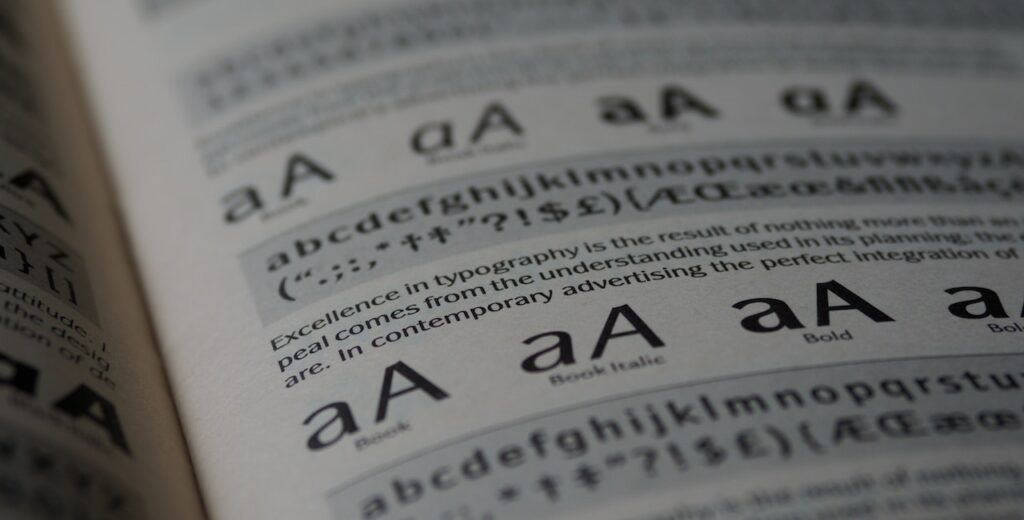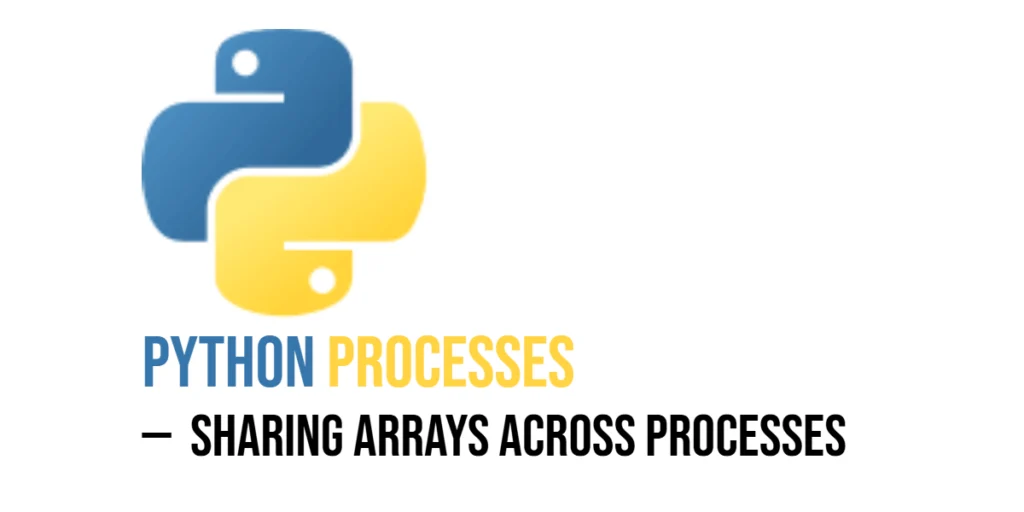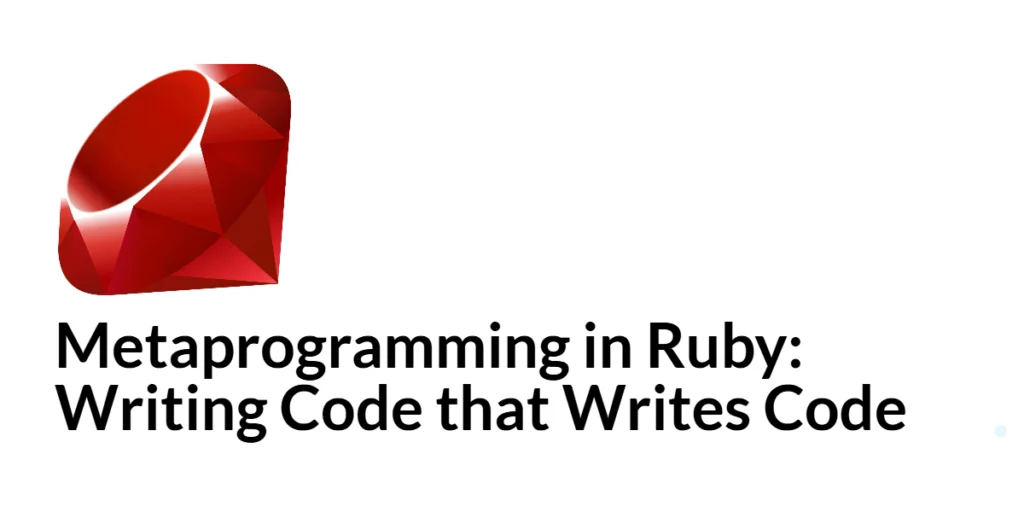Temperature conversion is an essential task in programming, especially when working with weather data, scientific calculations, or user interfaces. Converting Fahrenheit to Celsius helps beginners practice arithmetic operations, user input handling, and formula implementation in C++. Learning this conversion provides a practical exercise to strengthen fundamental programming skills in C++.

with hands-on learning.
get the skills and confidence to land your next move.
Program 1: Convert Fahrenheit to Celsius Using User Input
This program allows the user to enter a temperature in Fahrenheit and converts it to Celsius using the formula: Celsius = (Fahrenheit − 32) × 5/9.
#include <iostream>
using namespace std;
int main() {
double fahrenheit, celsius;
cout << "Enter temperature in Fahrenheit: " << endl;
cin >> fahrenheit;
celsius = (fahrenheit - 32) * 5.0 / 9.0;
cout << fahrenheit << "°F = " << celsius << "°C" << endl;
return 0;
}The program works by taking user input, performing the arithmetic conversion, and displaying the result. Beginners can understand how subtraction, multiplication, and division are applied to implement a real-world formula.
Program 2: Convert Predefined Fahrenheit Temperature
Sometimes, a known temperature is converted without user input. This program demonstrates that scenario.
#include <iostream>
using namespace std;
int main() {
double fahrenheit = 98.6; // predefined Fahrenheit temperature
double celsius = (fahrenheit - 32) * 5.0 / 9.0;
cout << fahrenheit << "°F = " << celsius << "°C" << endl;
return 0;
}Using a predefined value is helpful for testing and understanding how the formula works. Beginners can experiment with different values and instantly see the Celsius equivalent.
Program 3: Convert Multiple Fahrenheit Values Using an Array
When working with multiple temperatures, arrays allow efficient conversion. This program demonstrates converting several Fahrenheit values to Celsius.
#include <iostream>
using namespace std;
int main() {
double fahrenheit[] {32, 68, 98.6, 212};
int n = 4;
for(int i = 0; i < n; i++) {
double celsius = (fahrenheit[i] - 32) * 5.0 / 9.0;
cout << fahrenheit[i] << "°F = " << celsius << "°C" << endl;
}
return 0;
}By using an array and a loop, this program converts multiple temperatures efficiently. Beginners can see how repeated operations can be performed on a dataset using arrays and loops.
Program 4: Convert Fahrenheit to Celsius Using a Function
Encapsulating the conversion in a function improves readability and reusability. This program demonstrates that approach.
#include <iostream>
using namespace std;
double fahrenheitToCelsius(double f) {
return (f - 32) * 5.0 / 9.0;
}
int main() {
double fahrenheit;
cout << "Enter temperature in Fahrenheit: " << endl;
cin >> fahrenheit;
double celsius = fahrenheitToCelsius(fahrenheit);
cout << fahrenheit << "°F = " << celsius << "°C" << endl;
return 0;
}Using a function allows beginners to write modular code. The function can be reused with different values, demonstrating code organization and the importance of reusable blocks.
Frequently Asked Questions (FAQ)
Q1: Why subtract 32 and multiply by 5/9?
The formula is based on the relationship between Fahrenheit and Celsius scales. Each Fahrenheit degree corresponds to 5/9 of a Celsius degree, and 32°F corresponds to 0°C.
Q2: Can I use float instead of double?
Yes, float works, but double is more precise for decimal calculations.
Q3: Can this program handle negative temperatures?
Yes, the formula works for negative Fahrenheit values as well.
Q4: How can I convert multiple temperatures efficiently?
Using arrays or vectors with loops allows you to process multiple values in one run.
Conclusion
Converting Fahrenheit to Celsius in C++ is a practical and beginner-friendly exercise. By working with user input, arrays, and functions, learners strengthen their understanding of arithmetic operations, loops, and modular programming. Practicing these programs helps beginners connect formulas to real-world problems and prepares them for more advanced programming challenges.
Additional & References
Beginners should practice using functions, arrays, and loops to convert temperature values and handle multiple datasets. Experimenting with both user input and predefined values will strengthen programming skills and confidence.
- C++ Functions – Guide for creating reusable functions.
- C++ Arrays – Learn how to store and handle multiple values.
- C++ Input/Output – Guide to handling user input and output efficiently.
- GeeksforGeeks: Fahrenheit to Celsius – Step-by-step tutorial with examples.
- Mathematics of Temperature Conversion – Explanation of the formula and conversions.







